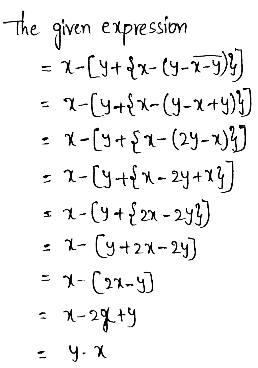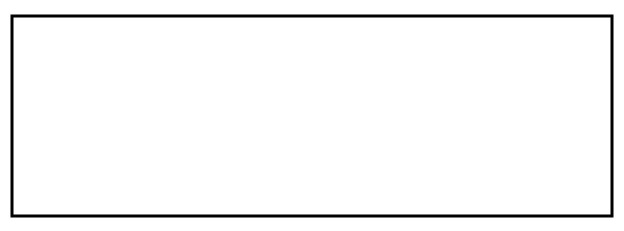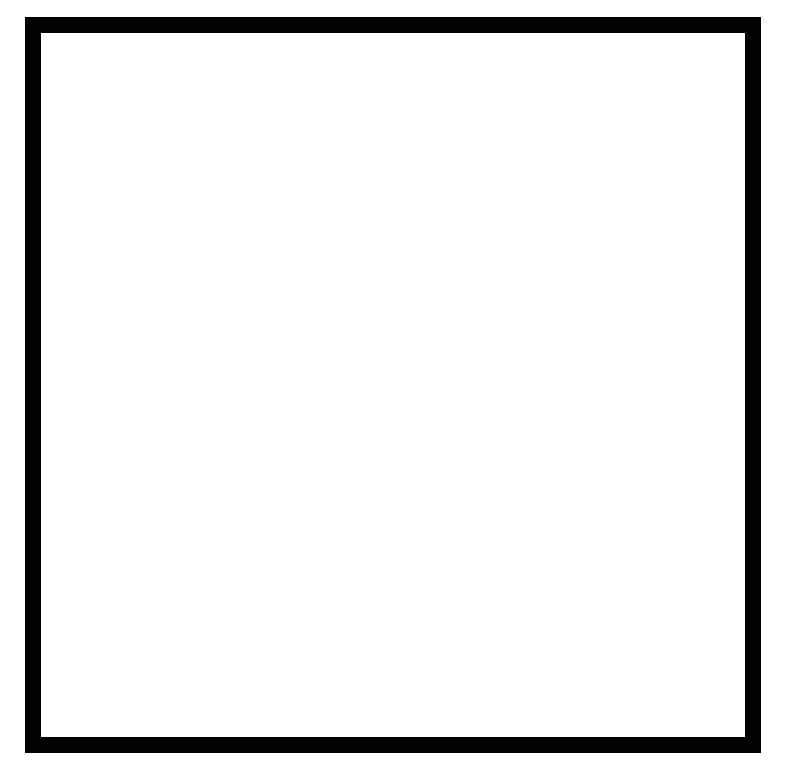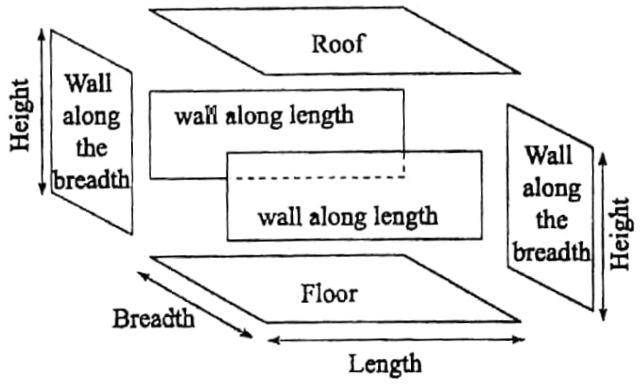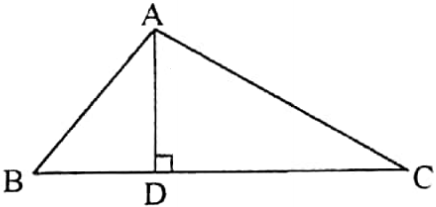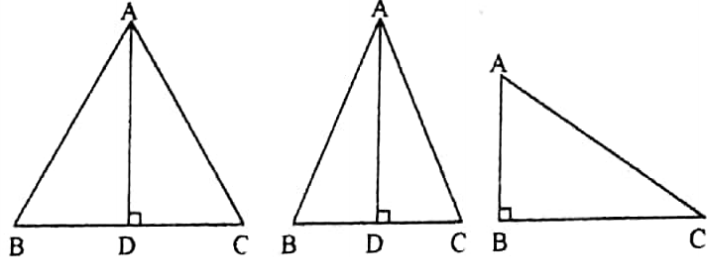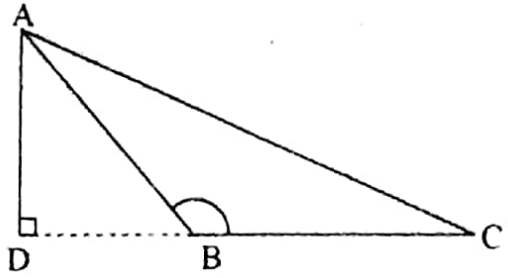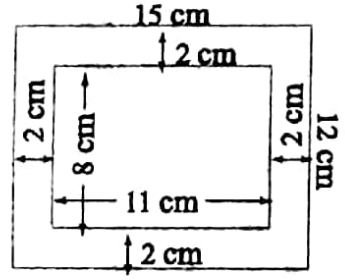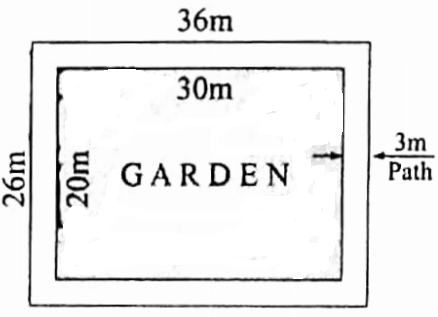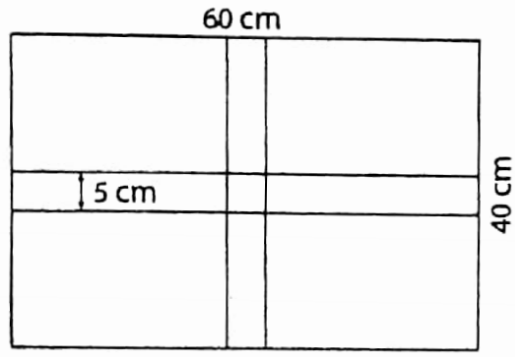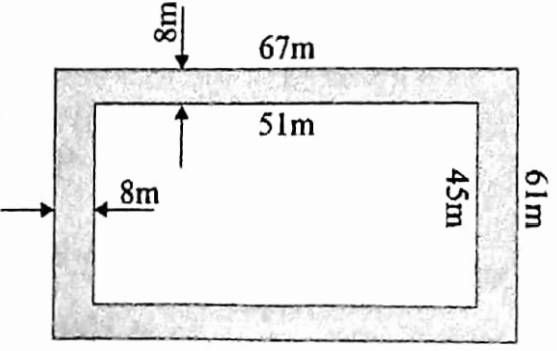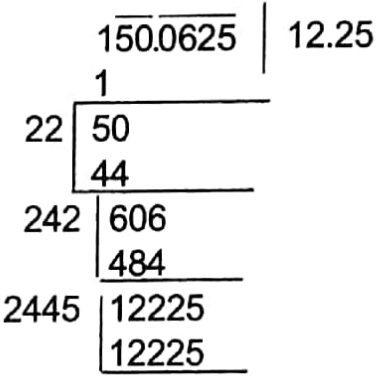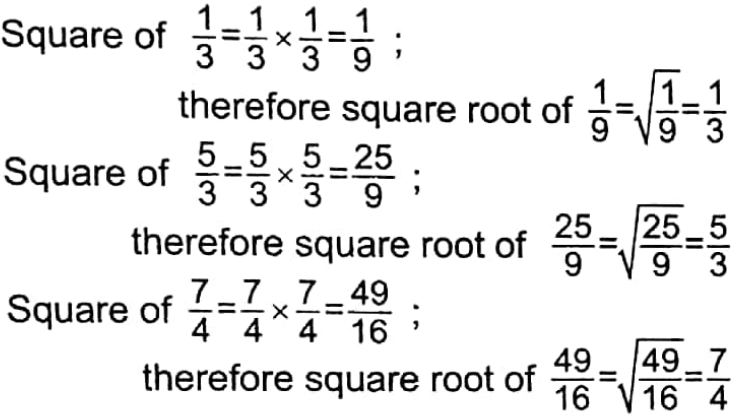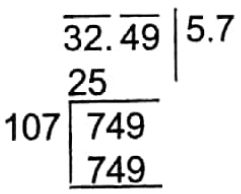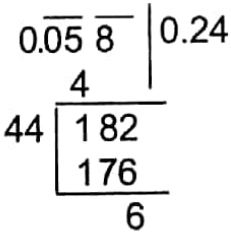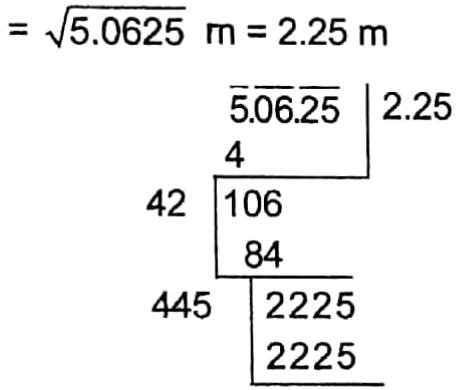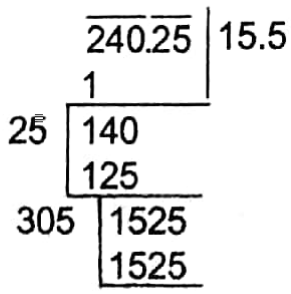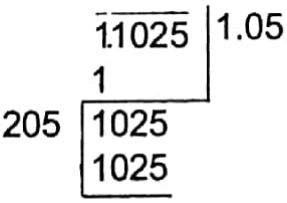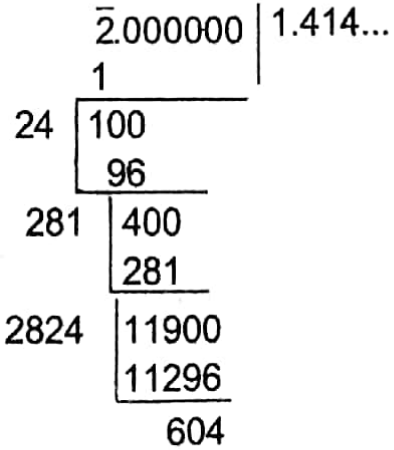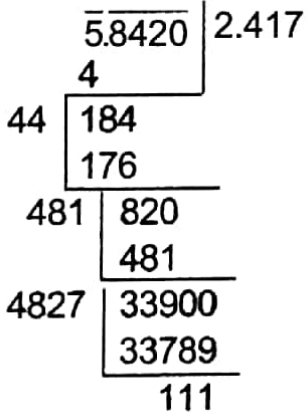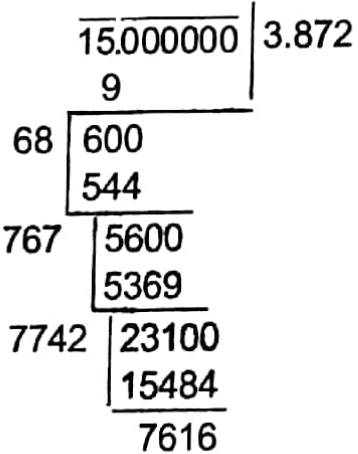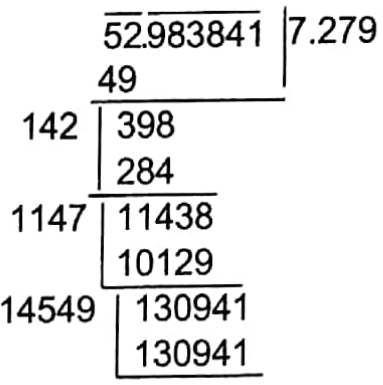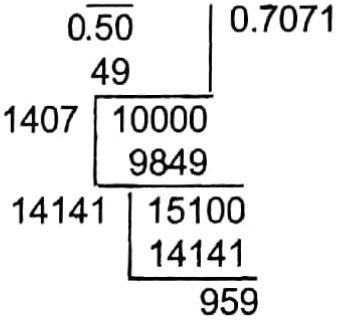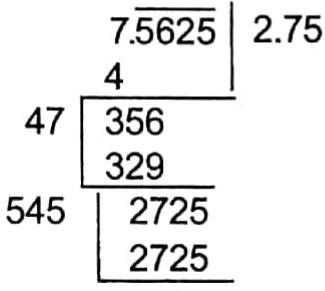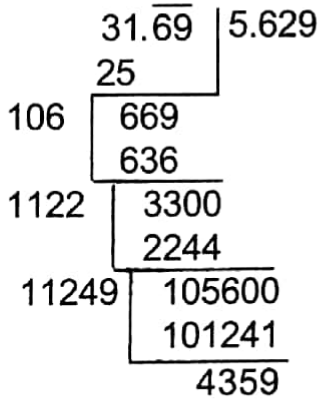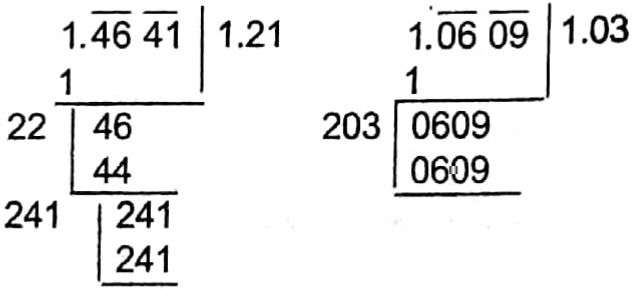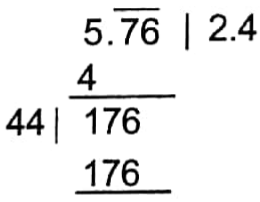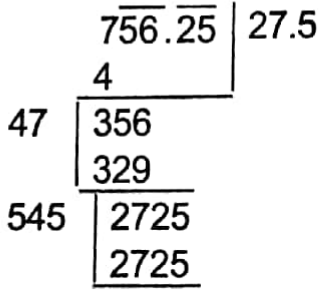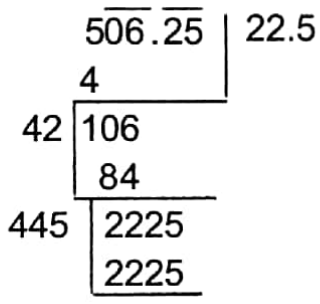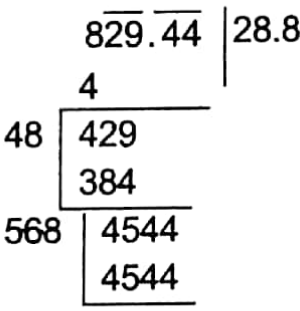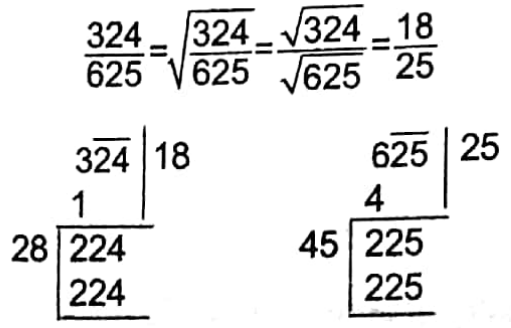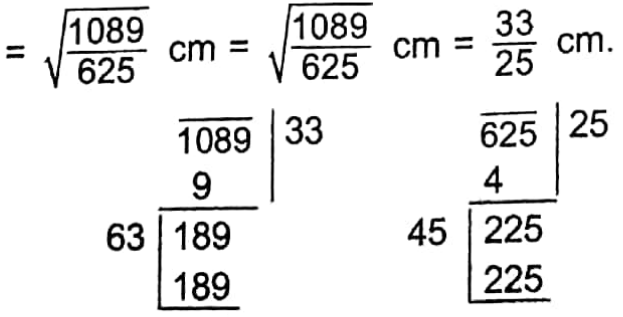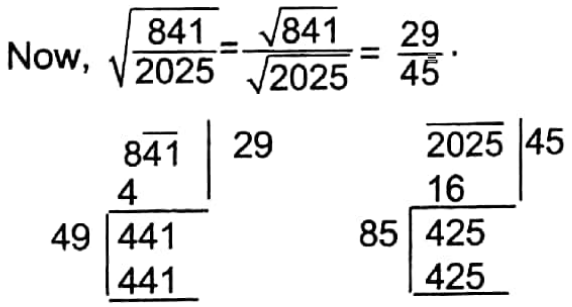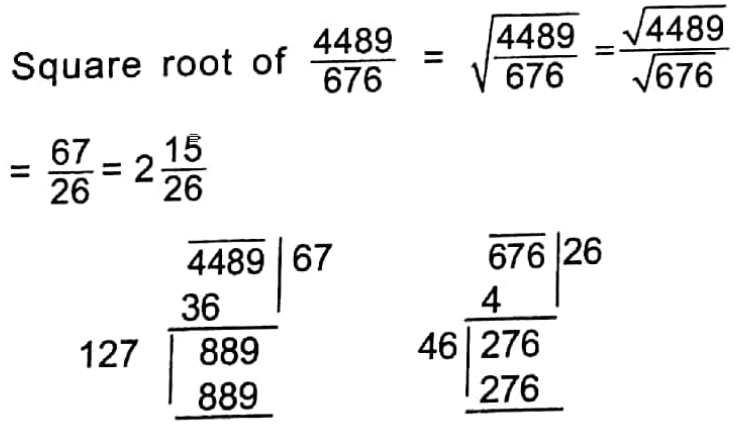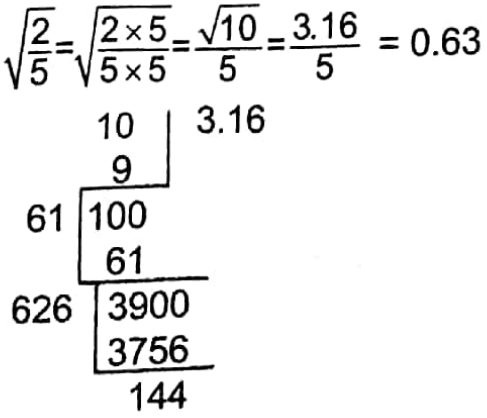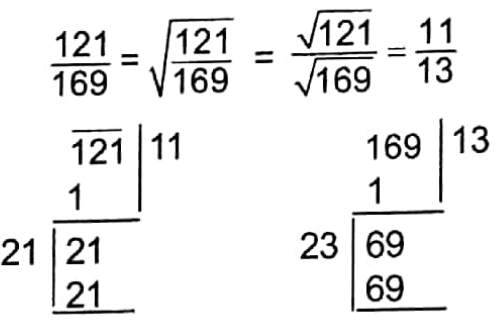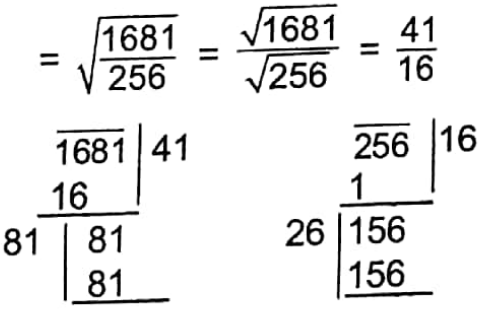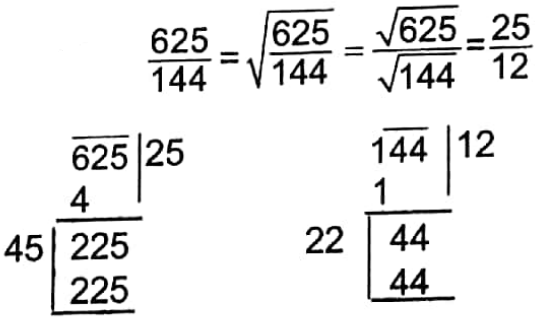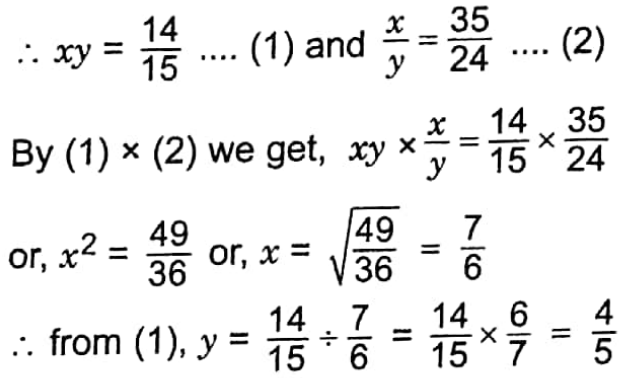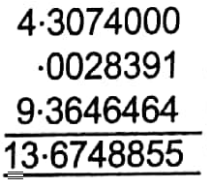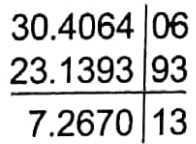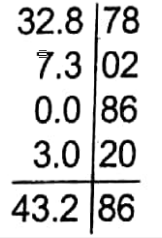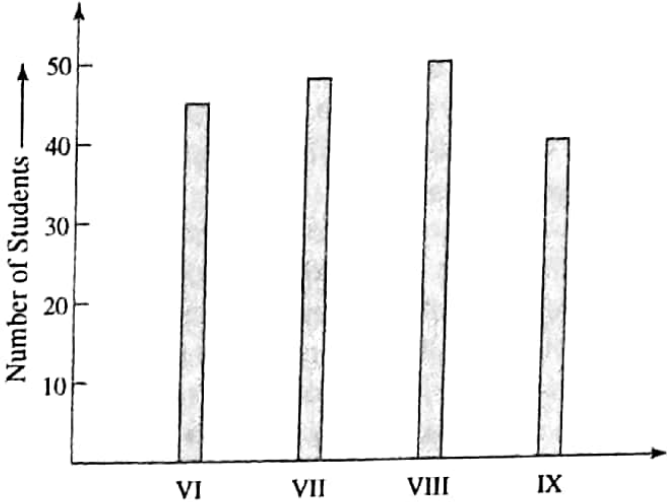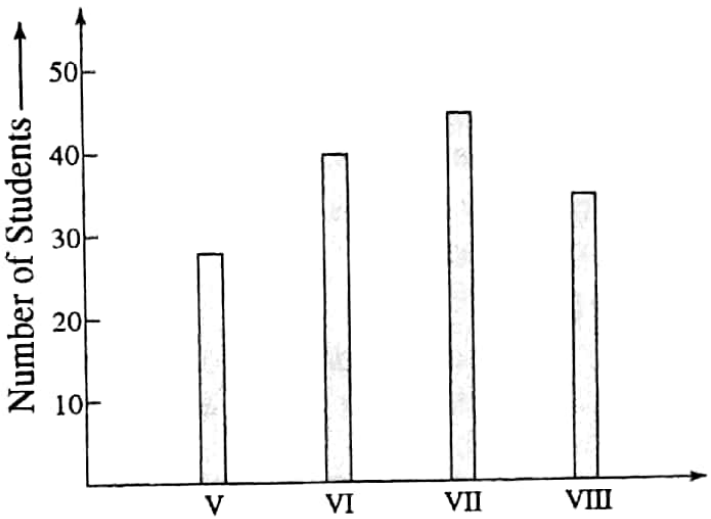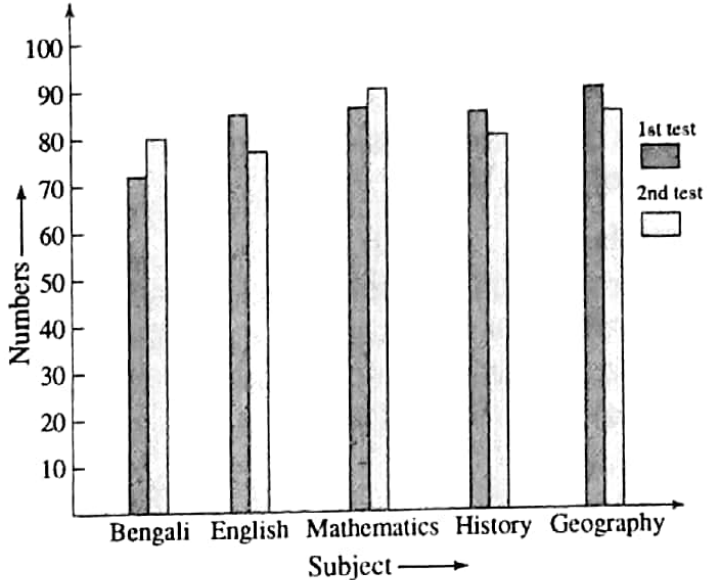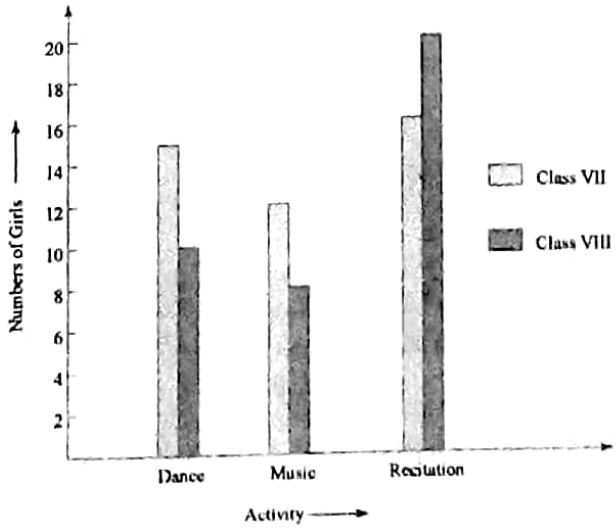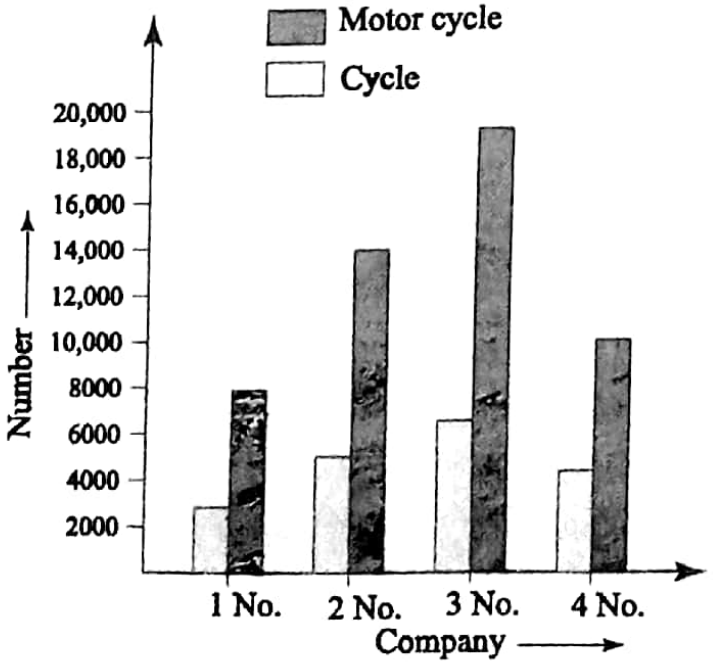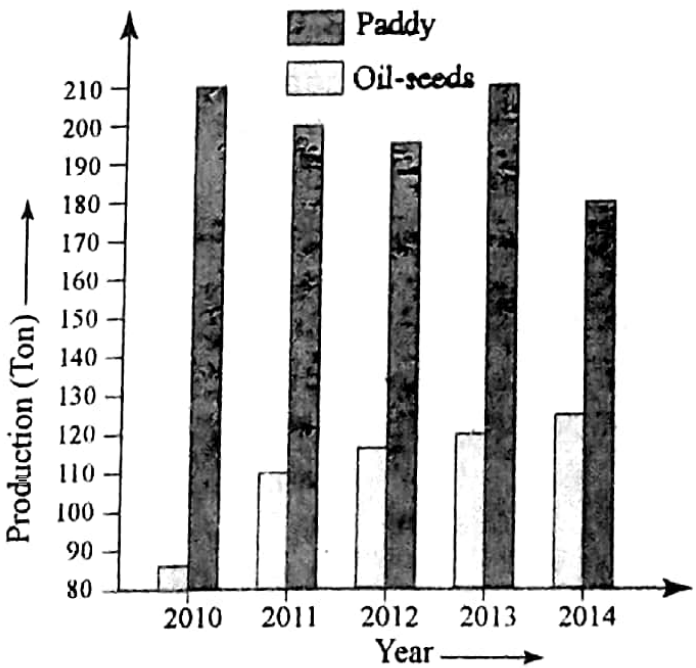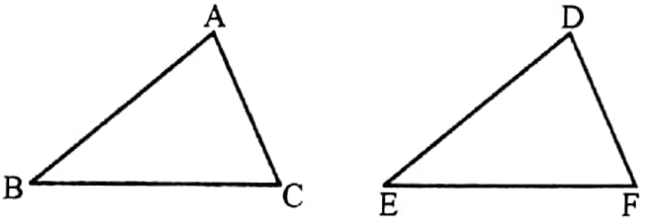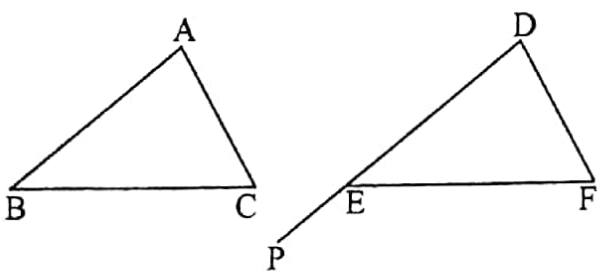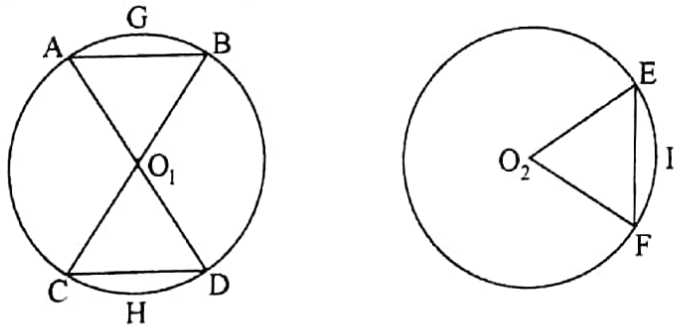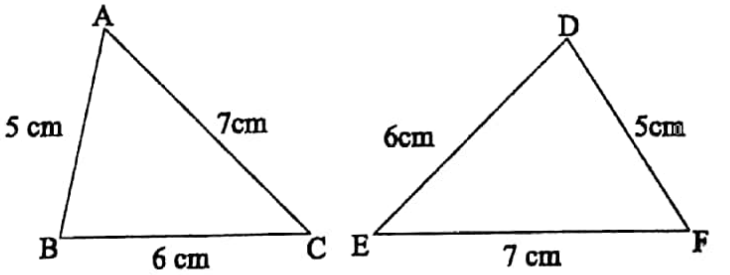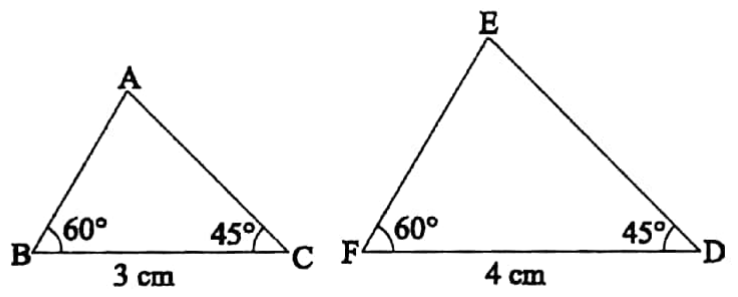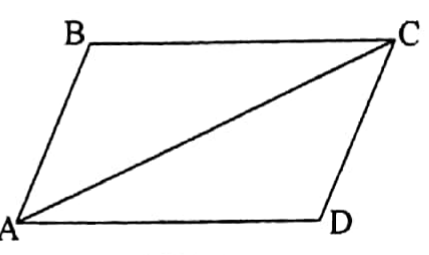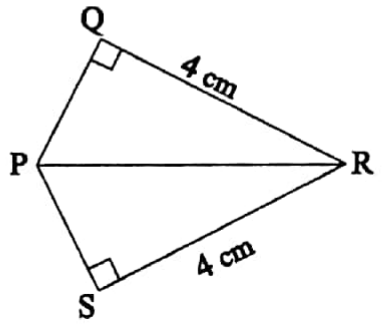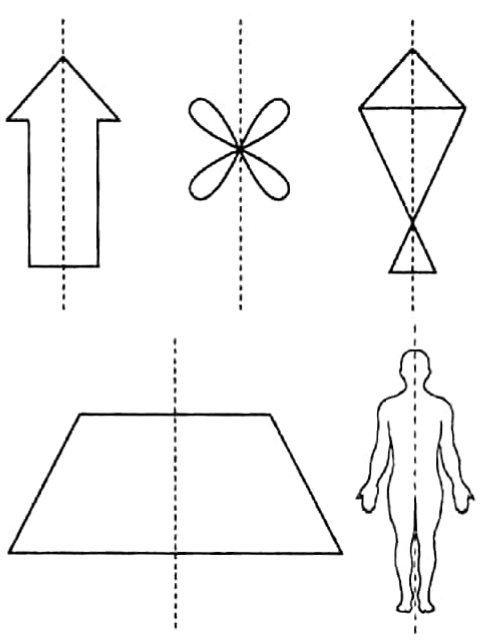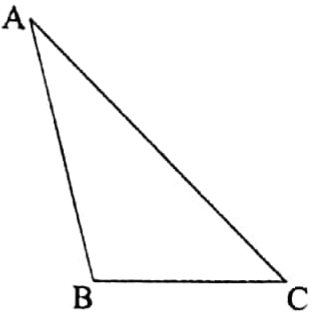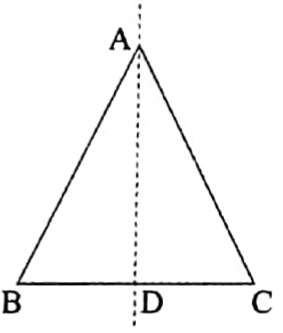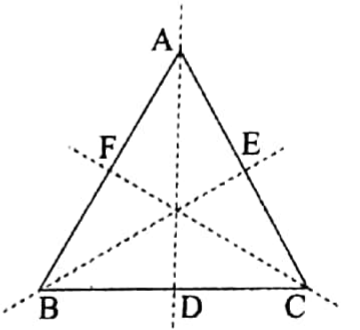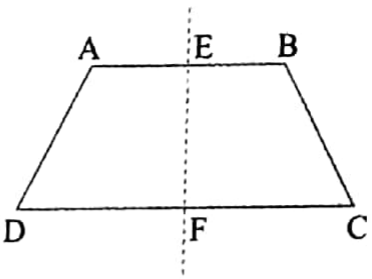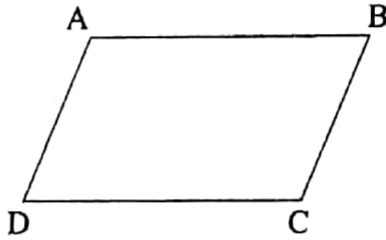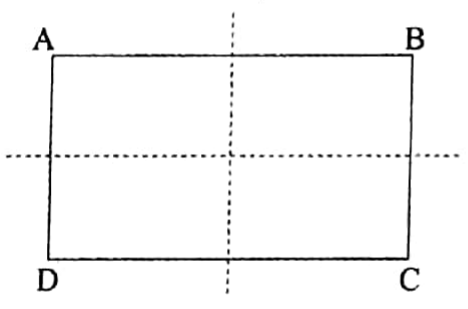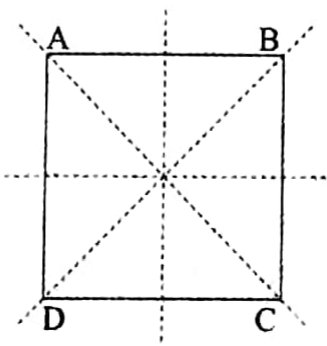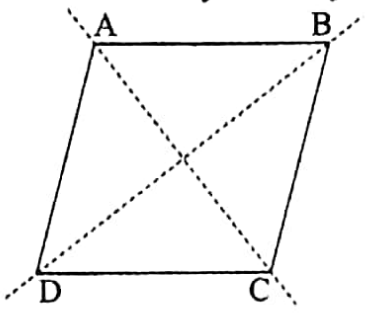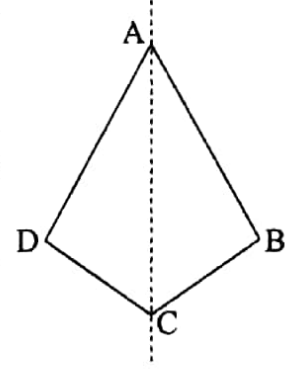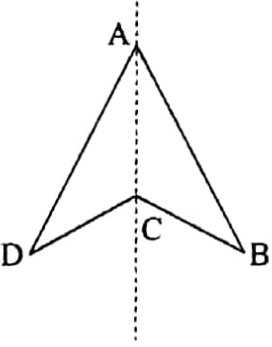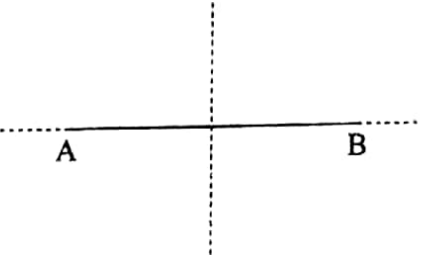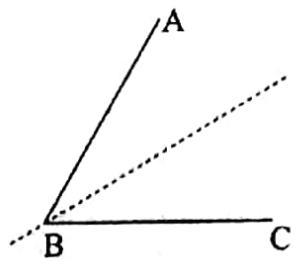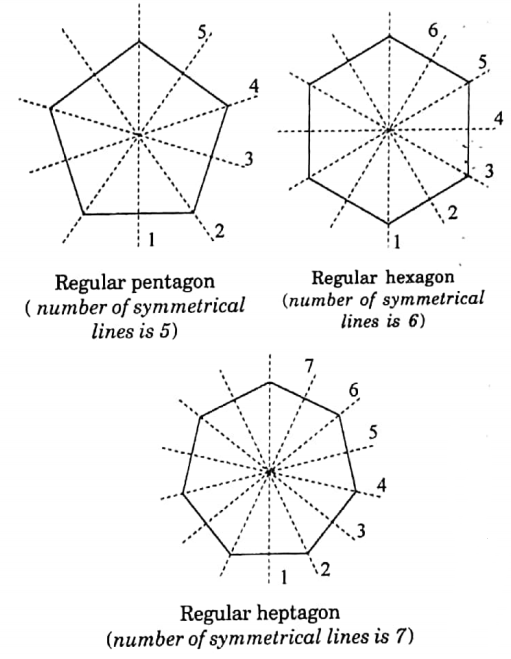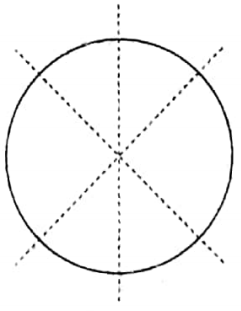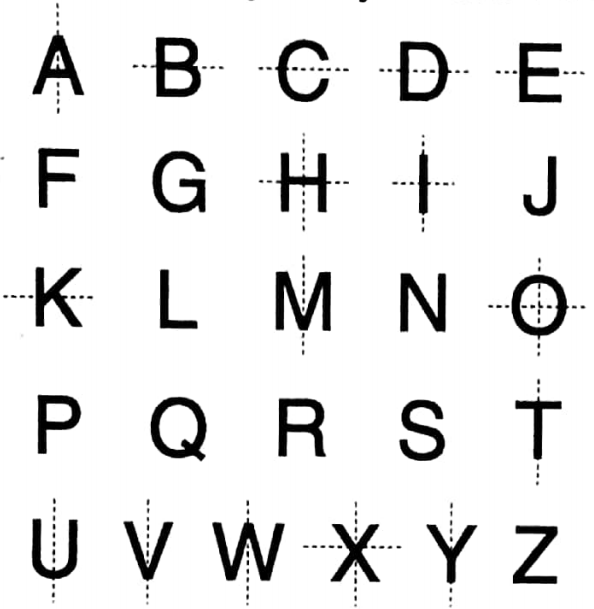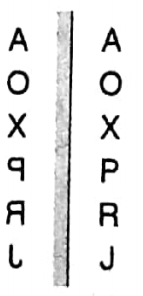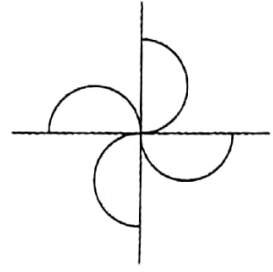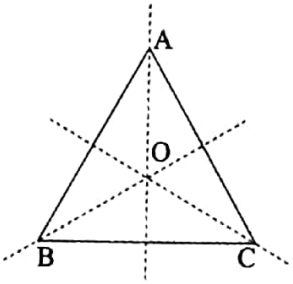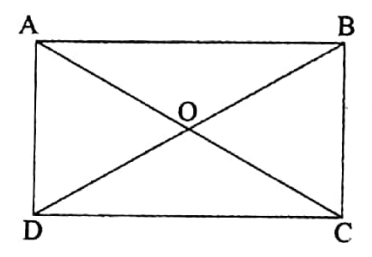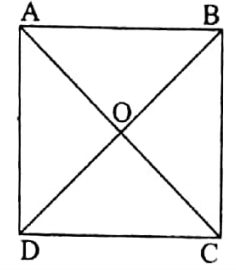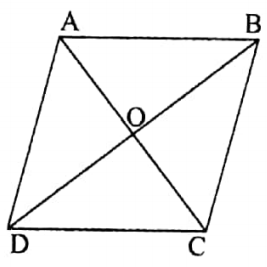Arithmetic Chapter 5 Time And Distance Exercise 5 Solved Example Problems
Introduction:
The problem of time and distance arises from travelling. In our daily life, we have to travel from one place to the other. Travelling may be of different types. Some people walk on foot and some travel by cycle.
Other than these there are several vehicles by which we may go from one place to the other. There are buses, trams, trains, boats, ships, aeroplanes, etc., for our travelling.
In every case of travelling, to cover some distance, some time elapse. Thus to work out problems on time and distance we shall have to concentrate on two main things-
- The distance travelled
- The time required to travel that distance.
Uniform and non-uniform speed
When a body covers a particular distance in a particular time, we say that the body is travelling with uniform speed; otherwise, the speed of the body is said to be non-uniform.
In the case of uniform speed, if a car travels 40 km in one hour, it will travel 80 km in two hours and 120 km in three hours. This indicates that the car is travelling at a uniform speed of 40 km per hour.
But if a car travels 40 km is the first hour, 45 km in the second hour, and 35 km in the third hour then say that the speed of the car is non-uniform.
In this chapter, we shall assume that the objects are moving with uniform speed. We shall use ratio and proportion and unitary methods to solve the problems on uniform speed.
Relation between time, distance and speed
The distance traversed by any vehicle or person in unit time is called speed. By the term ‘unit time’ we mean ‘per hour’ or ‘per minute’ or ‘per second’.
If a train travels 50 kilometres per hour then its speed is written as, “50 km per hour” or, “50 km/hour”.
We get the following relations among time, distance and speed.
1. Distance travelled = Speed x Time. Distance Travelled
2. Speed= \(\frac{Distance travelled}{Time}\)
3. Time= \(\frac{Distance travelled}{Speed}\)
Two important rules
1. Since a tree or a telegraph post does not possess any length, they can be represented either by a dot or a point. Hence, when a train crosses a tree (or a telegraph post), it travels a distance equal to its own length.
2. When a train crosses a platform (or a bridge), it travels a distance equal to the sum of the lengths of the train and the platform (or the bridge).
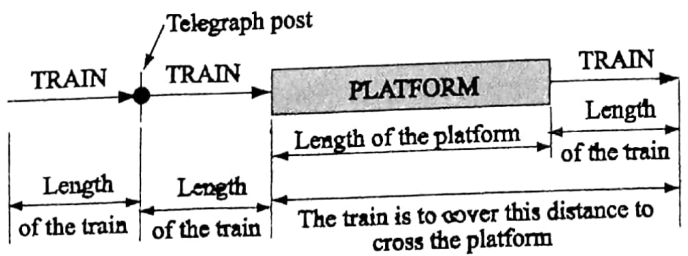
Relative speed
Let, Ram and Shyam, start walking from the same place in the same direction. Let the speed of Ram be 4 km/hour and that of Shyam be 3 km/hour. Then in 1 hour, Ram travels (4-3) km or, 1 km more than Shyam. So it is clear that
When two men walk in the same direction the difference of their speeds is their relative speed.

Again, let Jadu and Madhu start walking from the same place in the opposite direction.
Let the speed of Jadu be 3 km/hour and that of Madhu be 2 km/hour. Then in 1 hour the distance between Jadu and Madhu increases by (3+2) km or, 5 km. So it is clear that
When two men walk in the opposite direction the sum of their speeds is their relative speed.

Thus from the idea of relative speed, we which the high-speed train crosses the slow can say that:
1. Between two trains moving towards the same direction in parallel tracks, the time in which the high-speed train crosses the slow-speed train is, speed train is,

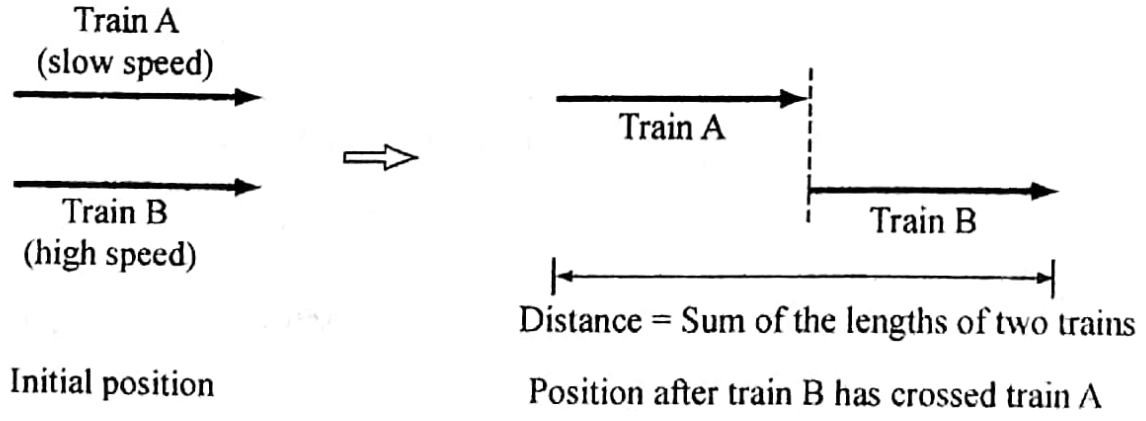
2. When two trains are moving towards opposite directions in parallel tracks, the time in which the trains would cross each other is,


Average speed
When the speed of a body is not uniform throughout the journey, the average speed of the same is considered.

Boat and Stream
When a boat moves in a river then we have to consider two things:
1. Speed of the boat.
2. Speed of the river current.
The actual speed of a boat: By actual speed of a boat we mean the distance covered by a boat in unit time in still water (i.e., when there is no current) under the influence of oars.
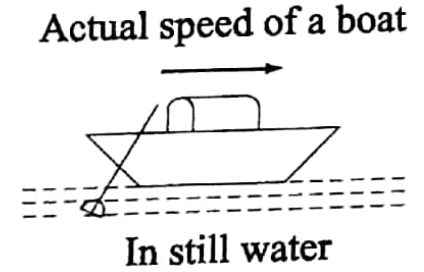
Speed of a boat under the current of a river: When a boat moves under the current of a river, there may arise two cases.
If the boat moves along the current (downstream) the effective speed is greater than the actual speed of the boat and if the boat moves against the current (upstream) the effective speed is less than the actual speed of the boat.
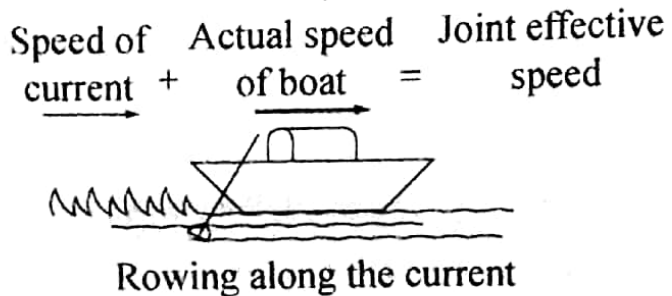
When the boat rows along the current, then the joint effective speed = actual speed of the boat + speed of the river current.
When the boat rows against the current, then the joint effective speed = actual speed of the boat-speed of the river current.
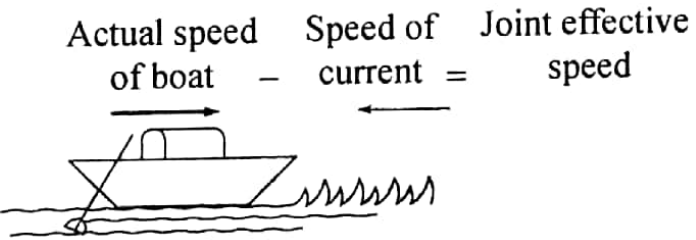
Arithmetic Chapter 5 Time And Distance Exercise 5 Some Problems On Time And Distance
Example 1. A train travels 24 km in 4 hours. What distance will it travel in 10 minutes?
Solution:
Given:
A train travels 24 km in 4 hours.
Time
4 x 60 minutes
10 minutes
Distance
24 km
x km (say)
Since, distance is directly proportional to time,
∴\(\frac{40 X 60}{10}\) = \(\frac{24}{x}\)
or, x = \(\frac{24 X 10}{4 X 60}\) = 1
∴ The required distance = 1 km.
Alternative method:
In 4 x 60 minutes, the train travels 24 km
In 1 minute the train travels \(\frac{24}{4 X 60}\) km
In 10 minutes the train travels \(\frac{24 X 10}{4 X 60}\) = 1 km
Example 2. On Monday, Ram was cycling at a speed of 13 km/hour. He covered a certain distance in 2 hours. On Tuesday, cycling for the same time at a speed of 11 km/hour he covered a certain distance. On which day, Ram travelled how much more distance in 2 hours?
Solution:
Given:
On Monday, Ram was cycling at a speed of 13 km/hour. He covered a certain distance in 2 hours. On Tuesday, cycling for the same time at a speed of 11 km/hour he covered a certain distance.
On Monday In 1 hour he travelled 13 km In 2 hours he travelled 13 x 2 = 26 km
On Tuesday – In 1 hour he travelled 11 km In 2 hours he travelled 11 x 2 km = 22 km
On Monday he travelled (26-22) km or 4 km more distance.
∴ On Monday, he travelled 4 km more distance.
Example 3. A man can travel 5 metres in 6 seconds by a cycle. Find his speed in km/hour.
Solution:
Given:
A man can travel 5 metres in 6 seconds by a cycle.
Time
6 seconds
60 x 60 seconds
Distance
5 metres
x metres (say)
Since, distance is directly proportional to time,
∴ \(\frac{6}{60 X 60}\)
or, 6x= 5 x 60 x 60
or, x= \(\frac{5 X 60 X 60}{6}\) = 3000
∴ In 1 hour the main travel of 3000 metres = 3km
∴ The speed of the man is 3km/hour.
Alternative method:
In 6 seconds the man travels 5 m
In 1 second the man travels \(\frac{5}{6}\) m
In 60 x 60 seconds, the man travels \(\frac{5}{6}\) x 60 x 60
= 3000 metres = 3km
Speed in km/hour = 3km
Example 4. On Saturday, Jadu went to the market cycling at a speed of 12 km/hour. But on Sunday he went to market cycling at a speed of 15 km/hour. If the distance between the house and the market is 2 km, on which day, Jadu took how much less time to reach the market?
Solution:
Given:
On Saturday, Jadu went to the market cycling at a speed of 12 km/hour. But on Sunday he went to market cycling at a speed of 15 km/hour. If the distance between the house and the market is 2 km,
On Saturday, he travelled 12 km in 60 minutes
On Saturday, he travelled 1 km in \(\frac{60}{12}\) x 2 = 10 minutes
On Sunday, he travelled 15 km in 60 minutes
On Sunday, he travelled 1 km in \(\frac{60}{15}\) minutes
On Sunday, he travelled 2 km in \(\frac{60}{15}\) x 2 minutes = 8 minutes
On Sunday he took (108) min or 2 min less to reach the market.
∴ On Sunday, he took 2 min less time.
Example 5. Find the time taken to travel 600 km by train whose speed is 25 km/hour.
Solution
Distance
25 km
600 km
Time
1 hour
x hours (say)
Since, distance is proportional to time,
∴ \(\frac{25}{600}\) = \(\frac{1}{x}\)
or, 25x= 600 or, x = \(\frac{600}{25}\) = 24
∴ The required time is 24 hours.
Alternative method:
The train travels 25 km in 1 hour
The train travels 1 km in \(\frac{1}{25}\) hour
The train travels 600 km in \(\frac{600}{25}\) hour = 24 hours.
Example 6. A man covered a distance of 12 km in 40 minutes by bus. Find the speed of the bus.
Solution:
Given:
A man covered a distance of 12 km in 40 minutes by bus.
That man, in 40 minutes travelled 12 km
That man, in 1 minute travelled \(\frac{12}{40}\) km
That man, in 60 minutes travelled \(\frac{12}{40}\) x 60 = 18 km
∴ Speed of the bus is 18 km/hour.
Example 7. A train went from Kolkata to Burdwan at a speed of 45 km/hour and then returned from Burdwan to Kolkata at a speed of 36 km/hour. Find the average speed of the train.
Solution:
Given:
A train went from Kolkata to Burdwan at a speed of 45 km/hour and then returned from Burdwan to Kolkata at a speed of 36 km/hour.
While going from Kolkata to Burdwan
The train travelled 45 km in 1 hour
The train travelled 1 km in \(\frac{1}{45}\) hour
While returning from Burdwan to Kolkata
The train travelled 36 km in 1 hour
∴ The train travelled 1 km in \(\frac{1}{36}\) hour
∴ To travel 2 km the train takes
(\(\frac{1}{45}\) + \(\frac{1}{36}\)) hr = \(\frac{4 + 5}{180}\) hr = \(\frac{1}{20}\) hour.
In \(\frac{1}{20}\) hour the train travels 2 km
In 1 hour the train travels 2 x 20 km = 40 km
∴ The average speed of the train is 40 km/hour.
Alternative method:
Let the distance between Kolkata and Burdwan be 180 km. (L.C.M. of 45 and 36 is 180).
∴ To travel from Kolkata to Burdwan the train \(\frac{180}{45}\) hours = 4 hours.
To return from Burdwan to Kolkata the train takes \(\frac{180}{36}\) hours = 5 hours.
∴ In (4+5) hours or 9 hours, the train travels (180+180) km = 360 km.
∴ Average speed of the train is \(\frac{1}{36}\)km/hour = 40 km/hour.
Example 8. A train of length 100 metres passed a tree moving at a speed of 60 km/hour. How much time did it take?
Solution:
Given:
A train of length 100 metres passed a tree moving at a speed of 60 km/hour.
When a train crosses a tree it travels its own length
100 metres = \(\frac{100}{1000}\) km = \(\frac{1}{10}\) km.
The train travels 60 km in 60 x 60 sec
The train travels 1 km in \(\frac{60 X 60}{60}\) sec
The train travels \(\frac{1}{10}\) km in \(\frac{1}{10}\) x 60 sec = 6 sec
Example 9. A train of length 210 metres crosses a telegraph post in 7 seconds. Express the speed of the train in the “km/hour” unit.
Solution:
Given:
A train of length 210 metres crosses a telegraph post in 7 seconds.
When a train crosses a telegraph post it travels a distance equal to its own length.
Time
7 seconds
60 x 60 seconds
Distance
210 metres
x metres (say)
Since, distance is directly proportional to time,
∴ \(\frac{7}{60 X 60}\) = \(\frac{210}{x}\)
or, 7x= 210 × 60 × 60
∴ in 1 hour the train travels 108000 metres = 108 km.
∴ The speed of the train is 108 km/hour.
Alternative method:
In 7 seconds the train crosses 210 m
In 1 second the train crosses \(\frac{210}{7}\) m
In 60 x 60 second the train crosses \(\frac{210}{7}\) x 60 x 60 m
= 108000 metres = 108 km.
Example 10. Moving with a uniform speed a taxi takes 6 hours 12 min to cover a distance of 217 km. How much time will it take to cover a distance of 273 km?
Solution:
Given:
Moving with a uniform speed a taxi takes 6 hours 12 min to cover a distance of 217 km.
6 hour 12 min (6 x 60+12) min = 372 min
To travel 217 km time required = 372 min
To travel 1 km time required = \(\frac{372}{217}\) min
To travel 273 km time required = \(\frac{372}{217}\) x 273
= 468 mon = 7 hours 48 min
∴ 7 hour 48 min.
7 hour 48 min time will it take to cover a distance of 273 km
Example 11. A train crosses a platform in 30 seconds travelling at a speed of 60 km/hour. If the length of the train be 200 metres, then find the length of the platform.
Solution:
Given:
A train crosses a platform in 30 seconds travelling at a speed of 60 km/hour. If the length of the train be 200 metres
When a train crosses a platform, it travels a distance equal to the sum of the lengths of the train and the platform.
Time
60 x 60 seconds
30 seconds
Distance
60 km
x km (say)
Since the distance is directly proportional to time,
∴ \(\frac{60 X 60}{30}\) = \(\frac{60}{x}\)
or, x X 60 x 60 = 30 × 60
or, x = \(\frac{30 X 60}{60 X 60}\) = \(\frac{1}{2}\)
∴ Distance travelled by train in 30 seconds
= \(\frac{1}{2}\) km = \(\frac{1}{2}\) x 1000 metres = 500 metres.
Now, the length of the train + length of the platform = 500 metres
∴ length of the platform = (500 – 200) metres = 300 metres.
Alternative method:
The speed of the train is 60 km/hour
∴ In 60 x 60 seconds the travel 60 x 1000 m
In 1 second the travel \(\frac{60 X 1000}{60 X 60}\) m
In 30 seconds the travel \(\frac{60 X 1000 X 30}{60 X 60}\) m= 500 metres
∴ length of the platform = (500-200) metres = 300 metres
Example 12. Ram covered a distance of 100 km in 2 hours and 5 min on his motorbike. Shyam covered the same distance on his cycle in 6 hours and 40 min. Find the ratio of the speeds of the motorbike and cycle.
Solution:
Given:
Ram covered a distance of 100 km in 2 hours and 5 min on his motorbike. Shyam covered the same distance on his cycle in 6 hours and 40 min.
2 hour 5 min = (2 x 60+ 5) min = 125 min.
In 125 min Ram travels 100 km
In 1 min Ram travels \(\frac{100}{125}\) = \(\frac{4}{5}\) km
6 hour 40 min = (6 x 60+40) min = 400 min
In 400 min Shyam travels 100 km
In 1 min Shyam travels \(\frac{100}{400}\) km = \(\frac{1}{4}\) km
Ratio of the speeds of the motorbike and cycle
= \(\frac{4}{5}\) ÷ \(\frac{1}{14}\)
= \(\frac{4}{5}\) X \(\frac{1}{14}\)
= \(\frac{16}{5}\) = 16: 5
The ratio of the speeds of the motorbike and cycle = 16: 5
Example 13. A train of length 160 metres crosses a platform of length 320 metres in 36 seconds. Find the speed of the train.
Solution:
Given:
A train of length 160 metres crosses a platform of length 320 metres in 36 seconds.
In order to cross the platform, the train has to travel (160+320) metres = 480 metres.
Time
36 seconds
60 X 60 seconds
Distance
480 metres
x metres(say)
Since, the distance is directly proportional to time,
∴ \(\frac{36}{60 X 60}\) = \(\frac{480}{x}\)
or, 36x = 480 X 60X 60
or, x = \(\frac{480 X 60 X 60}{36}\) = 48000
∴ Speed of the train is 48000 metres/hour = 48 km/hour
Alternative method:
∴ In 36 seconds the train travels 480 m
In 1 seconds the train travels \(\frac{480}{36}\) m
In 60 X 60 seconds the train travels \(\frac{480 X 60 X 60}{36}\)
= 48000 metres = 48 km.
Example 14. Moving with a uniform speed a goods train covers a distance of 49.5 km in 2 hours 45 min. How long will it take to reach a station situated at a distance of 58.5 km?
Solution:
Given:
Moving with a uniform speed a goods train covers a distance of 49.5 km in 2 hours 45 min.
2 hr 45 min = 2 \(\frac{45}{60}\) hr = 2 \(\frac{3}{4}\) hour = \(\frac{11}{4}\) hr.
To travel 49.5 km time taken = \(\frac{11}{4}\) hour
To travel 1 km time taken = \(\frac{11}{4 X 49.5}\) hour
To travel 58.5 km time taken = \(\frac{11 X 58.5}{4 X 49.5}\) hour
= \(\frac{11 X 585}{4 X 495}\) hour = \(\frac{13}{4}\) hour
= 3 \(\frac{1}{4}\)
∴ 3 hour 15 min
3 hour 15 min will it take to reach a station situated at a distance of 58.5 km
Example 15. Two trains are travelling towards each other on parallel lines. Their speeds are 40 km/hour and 30 km/hour respectively. They reached their destinations after 4 and 5 hours respectively from the time they met each other. Find the distance between the destinations of the two trains. (The lengths of the trains may be neglected in comparison with the distance travelled by them.)
Solution:
Given:
Two trains are travelling towards each other on parallel lines. Their speeds are 40 km/hour and 30 km/hour respectively. They reached their destinations after 4 and 5 hours respectively from the time they met each other.
Let the destination of the first train be point B and that of the second train be A.
Let O be the point at which they meet.
In 4 hours the first train travels the distance OB, with a speed of 40 km/hour.
∴ OB = 40 x 4 km = 160 km.
In 5 hours the second train travels the distance OA, with a speed of 30 km/hour.
∴ OA 30 x 5 km = 150 km.
Hence, AB = OB + OA = (160 + 150) km
∴ 310 km
The distance between the destinations of the two trains 310 km.
Example 16. Your father went to Bandel on his motorcycle, worked there for an hour and returned home in 3 hours and 30 minutes. If the uniform speed of the motorcycle is 40 km/hour finds the distance of Bandel from your home.
Solution:
Given:
Your father went to Bandel on his motorcycle, worked there for an hour and returned home in 3 hours and 30 minutes. If the uniform speed of the motorcycle is 40 km/hour
Since your father has worked for 1 hour, therefore the time is taken to Bandel and return 2 hours 30 min.
Therefore, time taken only to go to Bandel = 2 hours 30 min ÷ 2 = 1 hour 15 min = 75 min.
In 60 min he travels 40 km
In 1 min he travels \(\frac{40}{60}\) km
In 75 min he travels \(\frac{40}{60}\) X 75 km = 50 km
∴ The required distance = 50 km
Example 17. Two trains start at the same time towards each other from two stations 120 km apart. The speeds of the trains are 50 km/hour and 40 km/hour respectively. Find the distance between them after 1 hour 15 minutes. Find also the distance between them after 2 hours. (Here assume that the two trains are travelling on parallel lines.)
Solution:
Given:
Two trains start at the same time towards each other from two stations 120 km apart. The speeds of the trains are 50 km/hour and 40 km/hour respectively. Find the distance between them after 1 hour 15 minutes.
In 1 hour the distance between the two trains decreases by (50+40) km = 90 km.
Now, 1 hr 15 m = 1 \(\frac{15}{60}\) hrs = 1 \(\frac{1}{4}\)hrs = \(\frac{5}{4}\)hrs.
In 1 hour distance between the two trains decreases by 90 km
∴ In \(\frac{5}{4}\) hours distance between the two trains decreases by 90 x \(\frac{5}{4}\) km = 112.5 km.
∴ The distance between them after 1 hour 15 minutes will be (120-112.5) km = 7.5 km.
Again, in 2 hours the two trains advance towards each other by 90 x 2 km = 180 km.
∴ The distance between them after 2 hours will be (180120) km = 60 km.
∴ 7.5 km, 60 km.
The distance between them after 2 hours 7.5 km, 60 km.
Example 18. A 70-metre-long train runs at a speed of 75 km/hour. How long will it take to cross a platform of length 105 metres?
Solution:
Given:
A 70-metre-long train runs at a speed of 75 km/hour.
To cross a platform of length 105 metres a train of length 70 metres will travel (70+105) metre = 175 metres.
The train travels 75 x 1000 m in 60 x 60 sec
The train travels 1 m in \(\frac{60 X 60}{75 X 1000}\) sec
The train travels 175 m in \(\frac{60 X 60 X 175}{75 X 1000}\) sec
= \(\frac{42}{5}\) sec = 8 \(\frac{8}{5}\) sec.
∴ 8 \(\frac{8}{5}\) sec.
8 \(\frac{8}{5}\) sec. it will take to cross a platform of length 105 metres.
Example 19. A passenger train and a goods train start from the same station on parallel lines at the same time and in the same direction. The speed of the passenger train is 50 km/hour. After 30 minutes it is found that the passenger train is 5 km ahead of the goods trains. Find the speed of the goods trains.
Solution:
Given:
A passenger train and a goods train start from the same station on parallel lines at the same time and in the same direction. The speed of the passenger train is 50 km/hour. After 30 minutes it is found that the passenger train is 5 km ahead of the goods trains
In 60 minutes the passenger train goes 50 km
In 1 minute the passenger train goes \(\frac{50}{60}\) km
In 30 minutes the passenger train goes \(\frac{50}{60}\) x 30 km = 25 km
By this time, the goods train goes (25-5) km = 20 km
In 30 minutes the goods train goes 20 km.
In 1 minute the passenger train goes \(\frac{20}{30}\) km
In 60 minutes the passenger train goes \(\frac{20}{30}\) x 60 km = 40 km
∴ Speed of the goods train is 40 km/hour.
Example 20. A 90-metre-long train takes 25 sec to cross a pillar. Calculate the speed of the train in km/ hour.
Solution:
Given:
A 90-metre-long train takes 25 sec to cross a pillar.
When a train crosses a pillar it crosses a distance equal to it own length.
In 25 sec the train crosses \(\frac{90}{1000}\) km
In 1 sec the train crosses \(\frac{90}{25 X 1000}\) km
In 60 X 60 sec the train crosses \(\frac{90 X 60 X 60}{25 X 1000}\) km
= \(\frac{324}{25}\) km = 12.96 km
∴ 12.96 km/hour.
The speed of the train in km/ hour 12.96 km/hour..
Example 21. Two trains of lengths 200 metres and 240 metres approach each other in two parallel lines running side by side with speeds of 42.5 km/hour and 36.7 km/hour respectively. What time will they take to cross each other after they meet?
Solution:
Given:
Two trains of lengths 200 metres and 240 metres approach each other in two parallel lines running side by side with speeds of 42.5 km/hour and 36.7 km/hour respectively.
In 1 hour the distance between the two trains decreases by (42.5+ 36.7) km = 79.2 km.
The two trains will have to travel a total distance of (200+ 240) metres = 440 metres in order to cross each other.
79.2 X 1000 metres distance decreases in 60 x 60 seconds
1-metre distance decreases in \(\frac{60 X 60}{792 X 1000}\) sec
440-metre distance decreases in \(\frac{60 X 60 X 400}{79.2 X 1000}\) seconds 20 seconds.
∴ 20 seconds.
20 seconds time will they take to cross each other after they meet.
Example 22. To cross a bridge of length 250 metres a train of length 150 metres takes 30 sec. How long will this train take to cross a platform 130 metres long?
Solution:
Given:
To cross a bridge of length 250 metres a train of length 150 metres takes 30 sec.
When a train of length 150 metres crosses a bridge of length 250 metres then it travels (150+250) metre = 400 metres.
When a train of length 150 metres crosses a platform of length 130 metres then it travels (150+130) metres 280 metres.
The train travels 400 metres in 30 sec
The train travels 1 metre in \(\frac{30}{400}\) sec
The train travels 280 metre in \(\frac{30 X 280}{400}\) sec = 210 sec
Example 23. A bus starts from Kolkata at 7-30 A.M. and reaches Digha at 12 noon. If the speed of the bus be 45 km/hour, what is the distance between Kolkata and Digha?
Solution:
Given:
A bus starts from Kolkata at 7-30 A.M. and reaches Digha at 12 noon. If the speed of the bus be 45 km/hour
Total time from 7-30 A.M. to 12 noon
= 4 hours 30 minutes = 4 hours = hours.
Now, in 1 hour the bus goes 45 km
Now, in \(\frac{9}{2}\) hours the bus goes 45 Χ \(\frac{9}{2}\) km = 202.5 km
Example 24. A train takes 4 sec to cross a telegraph post and 20 sec to cross a 264-metre-long bridge. Find the length of the train and its speed.
Solution:
Given:
A train takes 4 sec to cross a telegraph post and 20 sec to cross a 264-metre-long bridge.
Let the length of the train be x metre. Then the train travels x metre in 4 sec and (x+264) metre in 20 sec.
∴ \(\frac{4}{20}\) = \(\frac{x}{x + 264}\)
or, 5x=x+264 or, 5x-x= 264
or, 4x = 264 or, x = 264 = 66
∴ The length of the train is 66 metres.
In 4 sec the train travels \(\frac{66}{1000}\) km
In 1 sec the train travels \(\frac{66}{4 X 1000}\) km
In 60 X 60 sec the train travels \(\frac{66 X 60 X 60}{4 X 1000}\) km = 59.4 km
∴ The length of the train is 66 metres and its speed is 59.4 km/hour.
Example 25. An up train and a down train started their journey at the same time after meeting at a station. After 24 minutes, the two trains reached two opposite stations, the distance between them being 30 km. If the speed of the up train be 40 km/hour, find the speed of the down train.
Solution:
Given:
An up train and a down train started their journey at the same time after meeting at a station. After 24 minutes, the two trains reached two opposite stations, the distance between them being 30 km. If the speed of the up train be 40 km/hour
In 60 minutes the up train travels 40 km
In 1 minute the up train travels \(\frac{40}{60}\) km
In 24 minutes the up train travels \(\frac{40}{60}\) X 24 km = 16 km.
Therefore, the down train travels (30-16) km = 14 km.
In 24 minutes the down train travels 14 km
In 1 minute the down train travels \(\frac{14}{24}\) km
In 60 minutes the down train travels \(\frac{14}{24}\) X 60 km = 35 km
∴ The speed of the down train is 35 km/ hour.
Example 26. A 100-metre-long train, at a speed of 48 km/ hour crosses a tunnel in 21 sec. Calculate the length of the tunnel.
Solution:
Given:
A 100-metre-long train, at a speed of 48 km/ hour crosses a tunnel in 21 sec
In 60 x 60 sec the train travels 48000 metre
In 1 sec the train travels \(\frac{48000}{60 X 60}\) metre
In 21 sec the train travels \(\frac{48000 X 21}{60 X 30}\) = 280 metres.
Since the length of the train is 100 metres, therefore, the length of the tunnel = (280-100) metres = 180 metres.
Example 27. A 250-metre-long goods train is travelling with a speed of 33 km/hour. A 200 metre-long mail train approaches it from the back side in a parallel line with a speed of 60 km/hour. How long will it take to cross the goods train after catching it?
Solution:
Given:
A 250-metre-long goods train is travelling with a speed of 33 km/hour. A 200 metre-long mail train approaches it from the back side in a parallel line with a speed of 60 km/hour.
In 1 hour the distance between the two trains (60-33) km = 27 km.
In order to overtake the goods train, the mail train will have to travel (250 + 200) metres = 450 metres.
Now, the distance is 27 x 1000 m in 60 min.
the distance is 1 m in \(\frac{60}{27 X 1000}\) min.
the distance is 450 m in \(\frac{60 X 450}{27 X 1000}\) = 1 minute.
Example 28. A train takes 10 sec to cross a man standing on a platform 150 metres long and crosses the platform in 22 sec. Calculate the length and the speed of the train.
Solution:
Given:
A train takes 10 sec to cross a man standing on a platform 150 metres long and crosses the platform in 22 sec.
Let, the length of the train be x metre. In 10 sec the train crosses x metre and in 22 sec the train crosses (x + 150) metre.
∴ \(\frac{10}{22}\) = \(\frac{x}{x + 150}\)
or, 11x=5x+750
or, 11x-5x=750
or, 6x = 750
or, x = \(\frac{750}{6}\) = 125
Length of the train is 125 metres
In 10 sec the train crosses 125 metre
In 1 sec the train crosses \(\frac{125}{1000 X 10}\) km
In 60 x 60 sec the train crosses \(\frac{125 X 60 X 60}{1000 X 10}\) km = 45 km
∴ The length of the train is 125 metres and its speed is 45 km/hour.
Example 29. A train crosses two bridges of lengths 210 metres and 122 metres in 25 seconds and 17 seconds respectively. Find the length and the speed of the train.
Solution:
Given:
A train crosses two bridges of lengths 210 metres and 122 metres in 25 seconds and 17 seconds respectively.
Let, the length of the train be x
Then in 25 seconds, the train travels (x+210) metres and in 17 seconds it travels (x + 122) metres.
Hence, \(\frac{25}{17}\) = \(\frac{x + 210}{x + 122}\)
or, 25x+3050 = 17x+3570
or, 25x-17x=3570-3050
or, 8x = 520
or, x = \(\frac{520}{8}\) = 65
∴ Length of the train = 65 metres.
Now, in 25 seconds the train travels (65+ 210) metres 275 metres.
In 25 seconds it travels 275 metres
In 1 second it travels \(\frac{275}{25}\) metres
In 60 X 60 seconds it travels \(\frac{275 X 60 X 60}{25}\) metres
= 39600 metres = 39.6 km
∴ The speed of the train is 39.6 km/hour
∴ The length of the train = 65 metres and its speed is 39.6 km/hour
Example 30. The distance between A and B along a river is 96 km. The speed of the river current is 4 km/ hour from A towards B. A boat takes 8 hours to travel from A to B. What time will it take to return from B to A?
Solution:
Given:
The distance between A and B along a river is 96 km. The speed of the river current is 4 km/ hour from A towards B. A boat takes 8 hours to travel from A to B.
For the journey from A to B,
In 8 hours the boat travels 96 km.
In 1 hours the boat travels \(\frac{96}{8}\) km = 12 km
∴ The actual speed of the boat = (12-4) km/ hour = 8 km/hour.
Therefore, the speed of the boat against the current = (8-4) km/hour = 4 km/hour.
So, for the journey from B to A,
To travel 4 km the boat takes 1 hour
To travel 1 km the boat takes \(\frac{1}{4}\) hour
To travel 96 km the boat takes \(\frac{96}{4}\) hours = 24 hours
Example 31. A boat can travel 8 km/hour in still water. But upstream it takes 4 times of that time to cover the same distance. What time will the boat take to cover 56 km downstream?
Solution:
Given:
A boat can travel 8 km/hour in still water. But upstream it takes 4 times of that time to cover the same distance.
Against the Current-
In 4 hours the boat goes 8 km.
In 1 hour the boat goes \(\frac{8}{4}\) = 2 km
Also, in still water, the boat travels 8 km/hour.
Hence, the speed of the river current is (8-2) km/hour 6 km/hour.
Therefore, downstream, in 1 hour the boat travels (8+6) km = 14 km.
So, along the current the boat covers-
14 km in 1 hour
1 km in \(\frac{1}{14}\) hour
56 km in \(\frac{56}{14}\) hours = 4 hours.
Example 32. P and Q are two places on the bank of a river. The speed of the river current is from P towards Q. At the same time, a boat starts from P towards Q with an actual speed of 8 km/ hour and another boat starts from Q towards P with an actual speed of 7 km/hour. If the distance between P and Q be 150 km, when will the two boats meet?
Solution:
Given:
P and Q are two places on the bank of a river. The speed of the river current is from P towards Q. At the same time, a boat starts from P towards Q with an actual speed of 8 km/ hour and another boat starts from Q towards P with an actual speed of 7 km/hour. If the distance between P and Q be 150 km
Let the speed of the river current be x km/hour.
In 1 hour the first boat covers (8 + x) km and in 1 hour the second boat covers (7-x) km
In 1 hour the distance between the two boats decreases by (8+x+7-x) km = 15 km
The distance decreases by- 15 km in 1 hour
1 km in \(\frac{1}{15}\) hour
150 km in \(\frac{150}{15}\) hours = 10 hours
∴ The two boats will meet after 10 hours.
Example 33. Speeds of a boat along and against the current are 12 km/hour and 8 km/hour respectively. Find the actual speed of the boat and the speed of the current.
Solution:
Given:
Speeds of a boat along and against the current are 12 km/hour and 8 km/hour respectively.
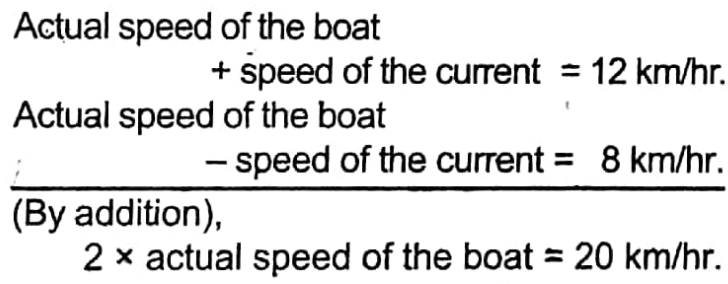
Actual speed of the boat = \(\frac{20}{2}\) km/hr = 10 km/hr
∴ Speed of the current = (120- 10) km/hr = 2 km/hr.
∴ Actual speed of the boat = 10 km/hr.
Speed of the current = 2 km/hr
Example 34. The speed of a boat in still water is 10 km/ hour. The boat can cover 90 km in 6 hours downstream. What time will the boat take to cover the same distance upstream?
Solution:
Given:
The speed of a boat in still water is 10 km/ hour. The boat can cover 90 km in 6 hours downstream.
Downstream, in 6 hours the boat covers 90 km
Downstream, in 1 hour the boat covers \(\frac{90}{6}\) km = 15 km
Therefore, the speed of the current = (15- 10) km/hour = 5 km/hour.
Hence, against the current in 1 hour, the boat covers (10-5) km = 5 km.
Therefore, upstream the boat covers—
5 km in 1 hour
1 km in \(\frac{1}{5}\) hour
90 km in \(\frac{90}{5}\) hours = 18 hours.
∴ 18 hours.
18 hours Time will the boat take to cover the same distance upstream
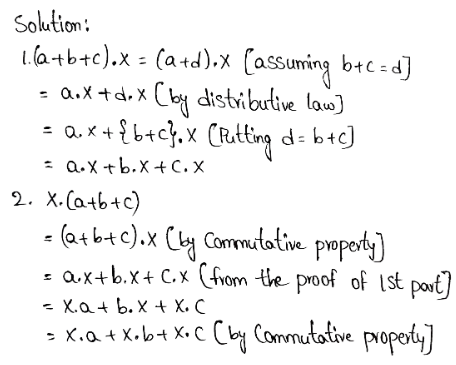
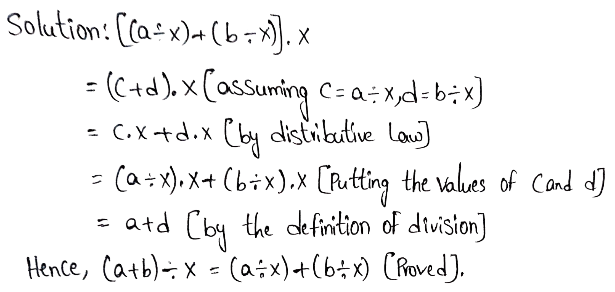
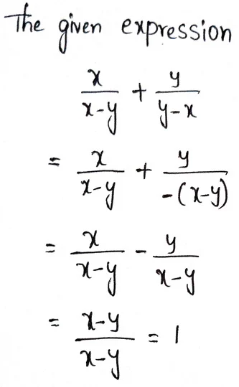
![]()
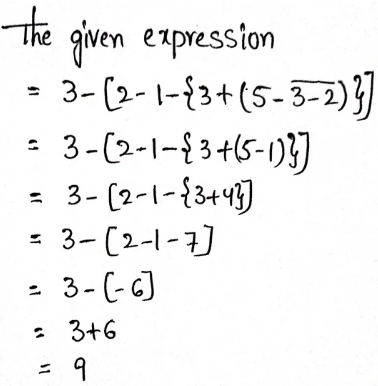
![]()
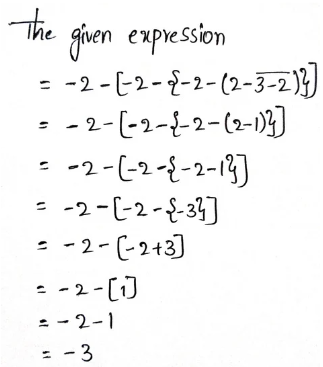
![]()
